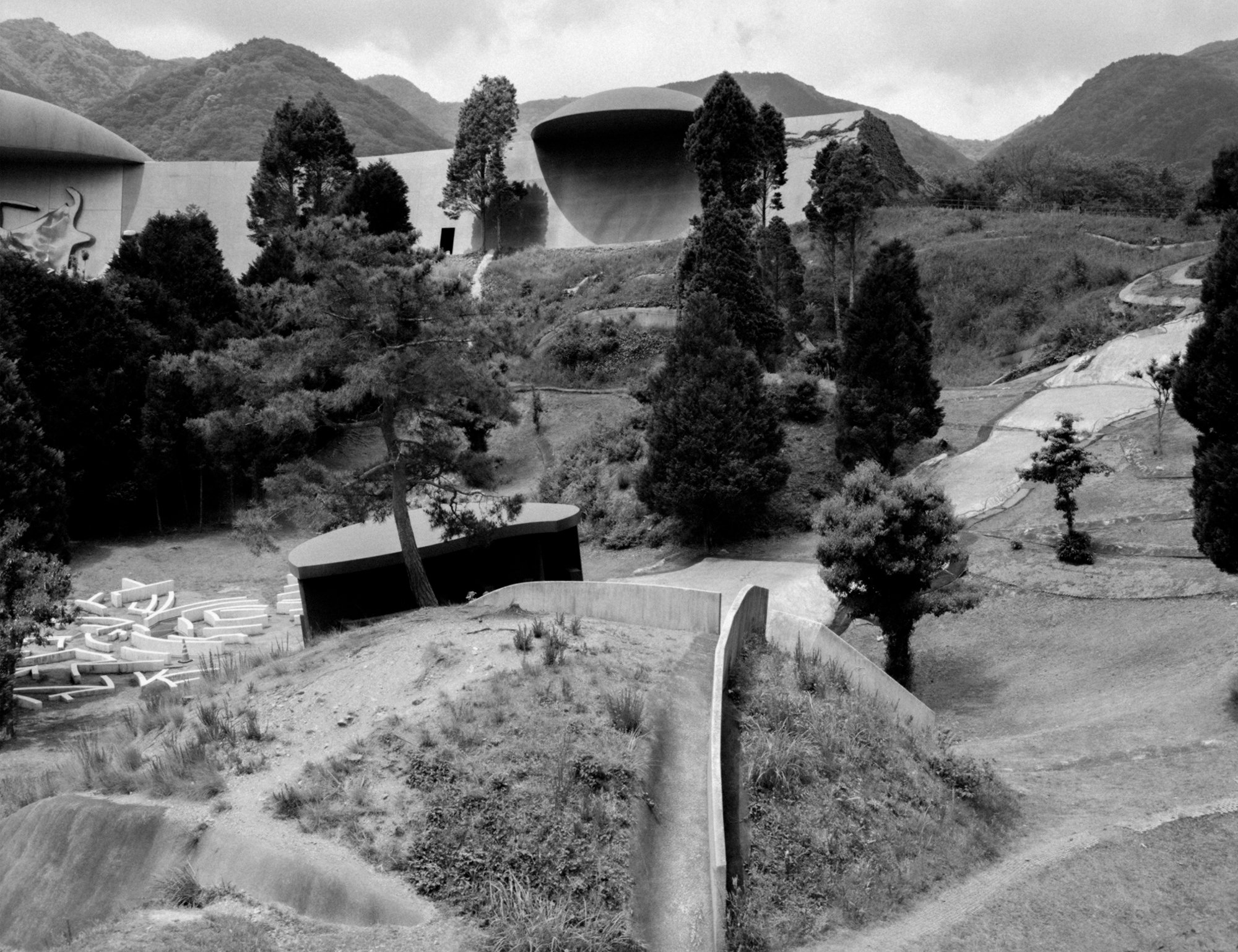Lena C. Emery — The Future of our Cities
From the series
“I Undressed To Climb A Tree”
As a child I came across the volumes of naturalist, artist and author Joy Adamson in my grandmother’s book-shelf. Adamson wrote: “Since we humans have the better brain, isn’t it our responsibility to protect our fellow creatures from, oddly enough, ourselves? Wildlife is something which man cannot construct — once it is gone, it is gone forever. Man can rebuild a pyramid, but he can’t rebuild ecology, or a giraffe.”
Upon graduating from high school, and inspired by Adamson’s commitment to wildlife conservation which she documented in paintings, photographs and writing, I moved to a small island in Southeast Sulawesi. Due to my father’s work I had been able to accompany him on his travels to about 15 countries by that time — but never anywhere as isolated or remote. Together with some friends he had become aware of a string of islands, at the time when their surrounding waters were heavily overfished. Optimistic about the reef’s potential they created a dive resort and “Wakatobi Collaborative Reef Conservation Program” was born in 1998. At the time we were only about 15 people on the entire island, which consisted of a dense jungle, a few smaller bungalows and a larger central longhouse with bathrooms and a kitchen — no internet or phone reception, and a boat that only came every two weeks to pick up and drop off divers. After decades of collaborative conservation in partnership with the indigenous population on its surrounding islands, Wakatobi is now an UNESCO World Biosphere Reserve, and one of the largest privately-funded marine protected areas and has the highest number of reef and fish species in the world.
When I think of Adamson’s words today, I think at once of our role as protectors as well as architects of the world we inhabit. Woven into the very fabric of our urban spaces are the values of the societies — past and present — that built them. Our modern cities, erected largely by a collective body wanting to exert its dominance over the existing environment, have disconnected us from nature. Through living in cities where we separate the constructed from the native environment, we’ve come to accept to see nature as something isolated from us.
From the series
“I Undressed To Climb A Tree”
Right
From the series
“TENCHI: Building A Bridge Between Heaven & Earth”
From the series
“TENCHI: Building A Bridge Between Heaven & Earth”
Within my work I explore how we have come to shape our realities and what it will take for a renewed vision to take hold. To form a unified understanding of the world, we must acknowledge how our sensory systems affect both our perception of our surroundings as well as our physical bodies — only by ridding ourselves of preconceptions and viewing our bodies purely as tenements of our sensorial experience, can we begin to reaffirm how we experience the world around us. At the mercy of our physical, biological, social and cultural environments and the way we relate to them, there is a huge opportunity for our places of habitation to be specifically designed to elicit learning. Our cities wield the potential for teaching us about ecology and our role within the larger nature-system: to sense, perceive and interpret information about the total character of our unique and changing world. Imagine a neighborhood that could allow you to study all you need to know, about cause and effect, simply by inhabiting it.
Beyond re-adapting the way we design our built environments to be sustainable, we need to formulate a vision of a place where human concentration can exist within a framework that remains flexible, engaged and connected to the natural systems that allow it to thrive. Cities must answer to our questions of accountability and ethics in order to reflect a deeper sense of humanism. Rather than thinking of cities as machines that flaunt humanity’s technological prowess, we might view them as organisms within a larger ecosystem that acknowledge the rights of the natural landscape into which we insert them. By reconciling what our future cities should afford us, beyond existing as mere sites of convenience, we can hope to change the way we perceive, reason, and learn to inhale a bigger picture of the world and our place within it. We can create homes that counter our pervasive disconnectedness and apathy, and enable kinder generations to exist and prosper in future.
From the series
“Desire Swells Like An Open Bud Ready To Burst”
From the series “Drawings”
From the series
“I Undressed To Climb A Tree”
From the series
“TENCHI: Building A Bridge Between Heaven & Earth”
From the series
“I Undressed To Climb A Tree”
Photography & Words
Lena C. Emery












